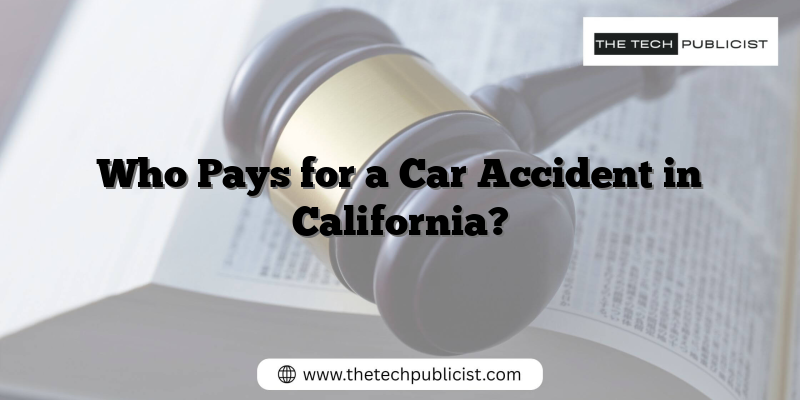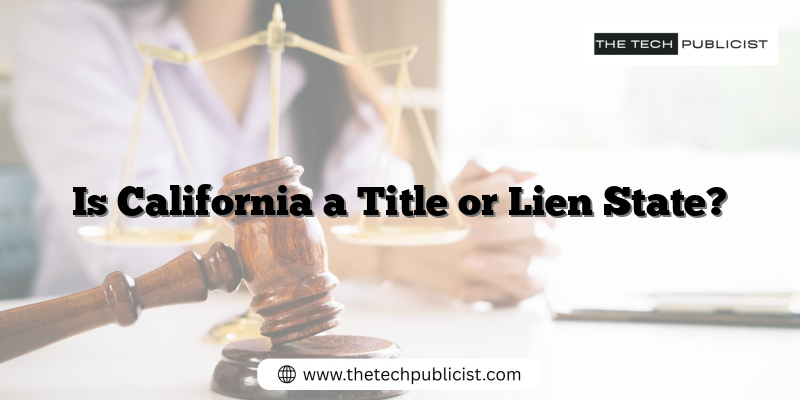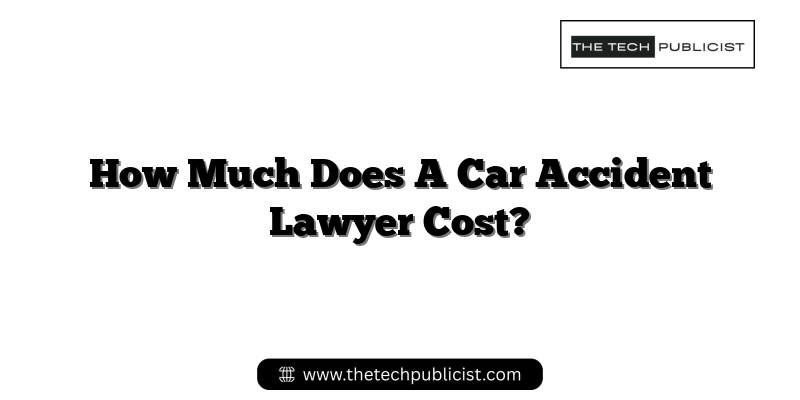What to Know/Key Takeaways:
- In California, liability for car accidents is generally determined by the “at-fault” driver.
- California follows a comparative negligence rule, which can affect compensation.
- Insurance coverage types significantly impact who pays for injuries and damages.
- Understanding uninsured and underinsured motorist coverage can safeguard your interests.
- Seeking legal advice can help navigate complex insurance claims.
Car accidents can leave victims feeling overwhelmed and confused about their rights and responsibilities. Understanding who pays for a car accident in California is crucial for navigating the complex legal landscape that follows such incidents. This guide will clarify how liability, insurance coverage, and legal protocols work in the Golden State.
Understanding Liability in California Car Accidents
At-Fault Drivers and Their Responsibilities
In California, liability for a car accident typically falls on the driver deemed “at fault.” California operates under a “tort” system, meaning that the responsible party – generally the driver who caused the accident – is liable for damages incurred.
Determining Fault and Comparative Negligence
California follows a comparative negligence rule. This means that if both parties share some degree of fault, the compensation awarded may be reduced proportionally. For example, if you are deemed 30% at fault for the accident, you would receive 70% of your compensation for medical bills and damages.
Types of Insurance Coverage
Liability Insurance: What Does It Cover?
Most California drivers are required to carry liability insurance, which covers the costs associated with damages and injuries that the policyholder causes to others. It’s worth noting that California’s minimum liability limits may not be sufficient to cover all expenses in a serious accident; thus, higher limits are often recommended.
Uninsured and Underinsured Motorist Coverage
This type of coverage protects you if you’re involved in an accident with a driver who lacks adequate insurance or is uninsured entirely. In California, this is especially important, given the number of uninsured drivers on the road.
Personal Injury Protection (PIP)
While California does not mandate Personal Injury Protection, it can be beneficial. PIP coverage helps pay for medical expenses incurred by you and your passengers regardless of who was at fault.
Filing a Claim After an Accident
Steps to Take Post-Accident
After an accident, ensure you gather critical information, including the other driver’s insurance details, contact information, and witness statements. Document the scene with photographs if possible.
Gathering Evidence and Documents
Maintaining a comprehensive record of the accident is vital. This includes police reports, medical bills, and any relevant communications with insurance companies. These documents will aid significantly in your claim process.
Working with Insurance Adjusters
Insurance claims can be complicated, and the adjusters may not always have your best interests in mind. Knowing your rights and how to negotiate is vital for achieving a favorable settlement.
When to Seek Legal Assistance
Complex Cases Involving Multiple Parties
If your accident involves multiple vehicles or you believe fault lies with several parties, seeking legal advice is crucial. An experienced attorney can help you navigate these complexities.
Denied or Delayed Claims
If your claim is denied or you experience unreasonable delays, legal assistance can help you understand your options for appealing the decision or pursuing compensation.
FAQs
What should I do immediately after a car accident in California?
Ensure everyone’s safety, call 911 if needed, obtain details from other parties, and document the incident thoroughly.
How does California’s comparative negligence law work?
In California, if you are partially at fault for an accident, your compensation may be reduced based on your percentage of fault.
What types of insurance do I need to protect myself in an accident?
It’s advisable to have liability insurance, uninsured/underinsured motorist coverage, and consider optional personal injury protection.
Can I sue for damages if I was partially at fault?
Yes, you can still file a claim for compensation, though it may be reduced according to your level of fault.
How long do I have to file a claim after an accident?
California law typically allows you two years from the date of the accident to file a personal injury claim.

Manali is the founder and editor of The Tech Publicist, a legal-focused blog dedicated to breaking down complex legal topics into plain, practical advice. With a passion for empowering everyday readers, Manali writes about personal rights, property laws, and real-world legal situations that matter. When not decoding the law one article at a time, Manali enjoys diving into tech trends and advocating for accessible legal education.




